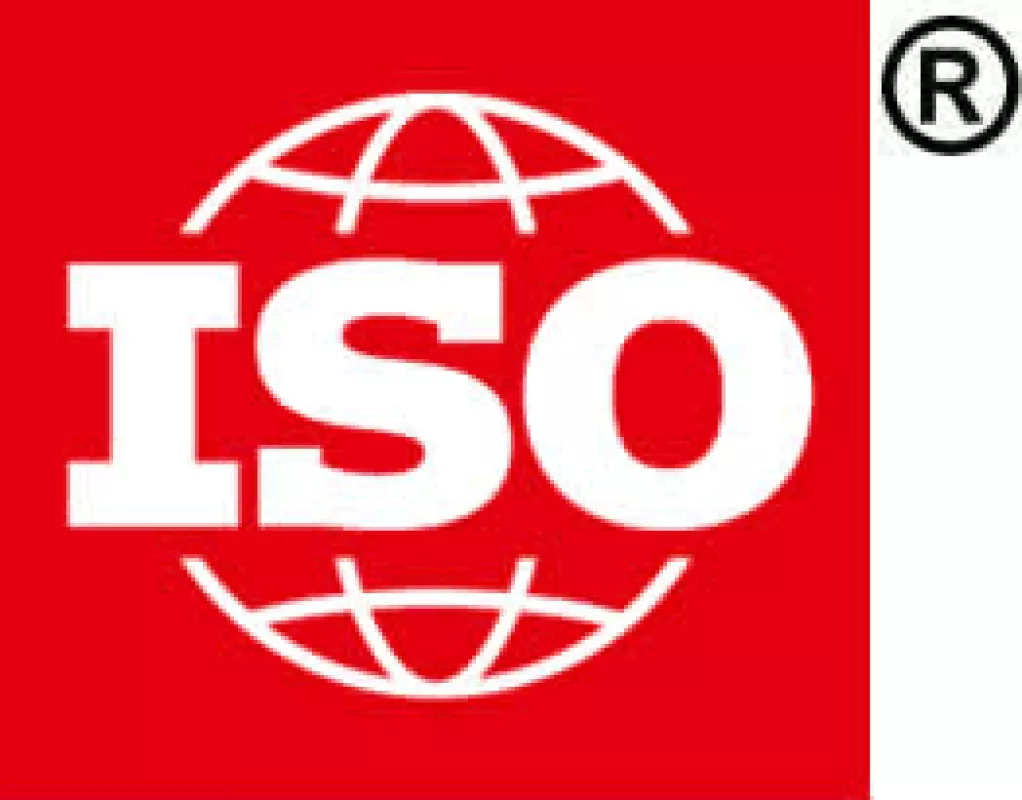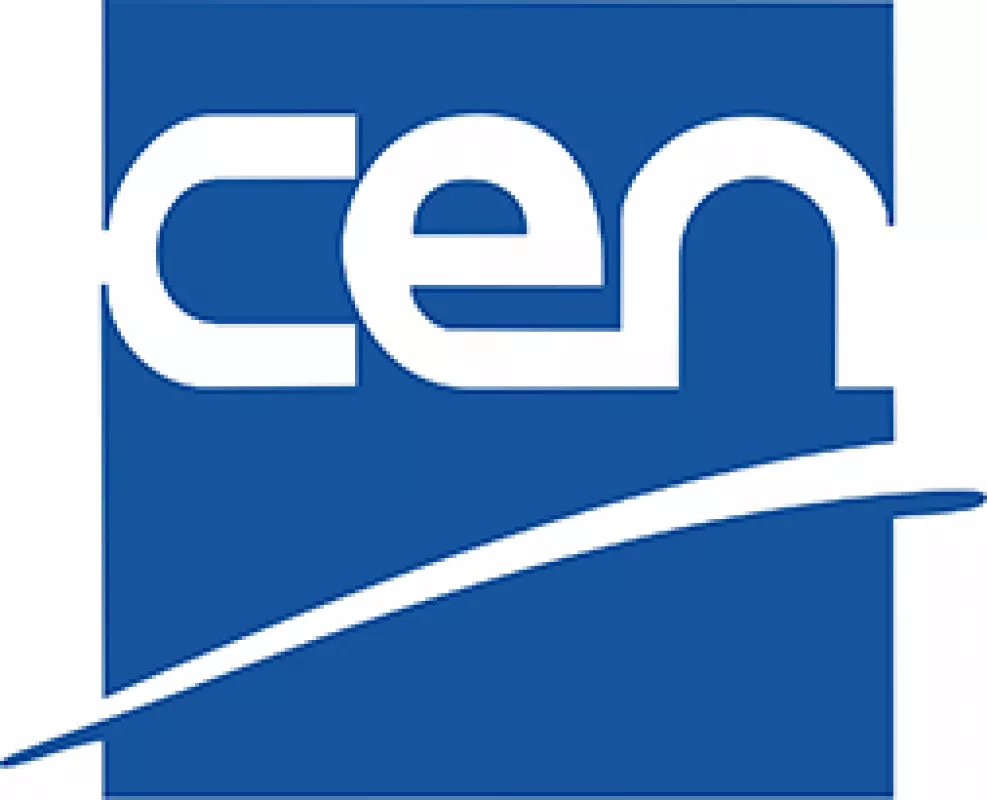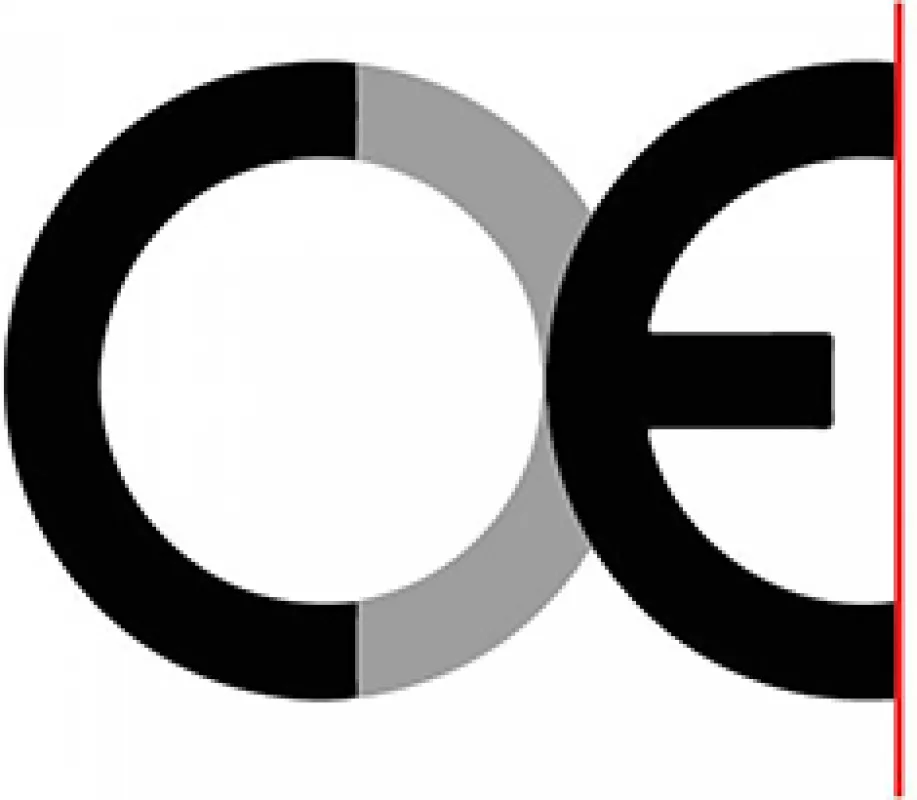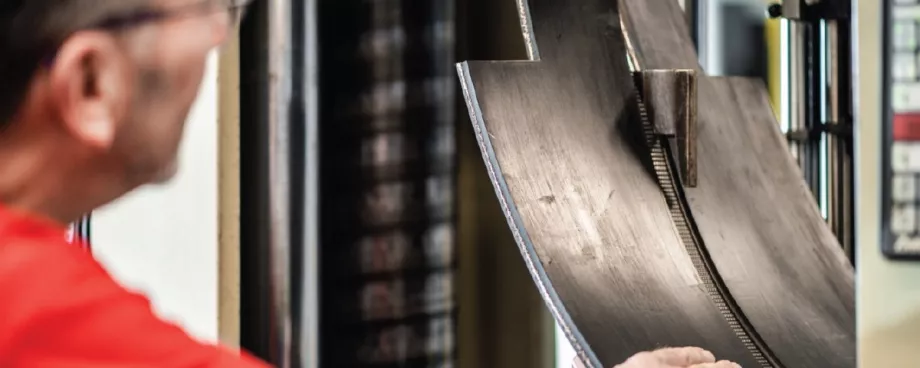The conveyor belt industry is a huge and highly competitive global market. To describe it as being ‘cut-throat’ would not be an exaggeration. However, such a high level of competition does not always benefit the end-user, especially when the pursuit of winning orders can so easily compromise safety, quality of performance and operational lifetime. To be brutally frank, mistakes can and do prove to be enormously expensive in more ways than one.

Although many view conveyor belts simply as long lengths of thick black rubber, in reality, manufacturing conveyor belts is a surprisingly complex science. Modern-day belts have to cope with an enormous variety of potentially destructive materials, operating conditions, enviromental and health & safety factors.
Consequently there are a number of different belt carcass constructions (types of belt) and an even wider range of rubber compounds designed to protect those constructions. This includes everything from straight-forward wear & tear, rip and impact damage to exposure to heat, oil, chemicals, ozone & UV, extreme cold and fire. And with those differing requirements comes an almost bewildering range of test methods and quality standards. In this special feature, I will explain who sets the standards and defines the test methods as well as providing some guidance as to what to look out for when selecting conveyor belts for specific applications.
European and International Standards
Globally there are a number of different quality organisations who set standards for conveyor belting but the most widely accepted standards (for all types of conveyor belt) are those used in Europe. There are EN standards (European Norms), which are maintained by CEN (Committee European de Normalization) and there are ISO standards ISO (International Organization for Standardization). Both CEN and ISO are independent, non-governmental organizations. They are the world’s largest developers of voluntary international standards. For example, the ISO membership consists of the quality standards organizations representing 168 countries. It is common to see the use of the prefix EN ISO, referring to ISO standards that have been adopted in full as the European standard.

ISO (International Organization for Standardization)
|

CEN (Committee European de Normalization)
|
It should be noted that in many parts of Europe some specific and longer established DIN standards continue to be more commonly recognised and accepted, especially in relation to abrasion resistant belting. The letters ‘DIN’ stand for ‘Deutsches Institut für Normung’, which means ‘German Institute of Standardization’. They develop norms and standards as a service to German industry and are a highly respected non-profit organization that has been based in Berlin since 1917. Numerous DIN standards have actually been converted into EN or even ISO standards.
Although standards for conveyor belts vary between different countries, members of CEN are obliged to implement EN (European standards) as their national standards without modifications and have to withdraw any of their own national standards that may conflict with them. The standards applied in countries that are not members of CEN are in many cases found to be significantly inferior or outdated.
Test Methods and Test Standards are not the same
When assessing quality credentials it is essential to differentiate between what is simply an approved method of conducting a particular test (test method standard) and the actual standards attained during that test (quality or performance standard). The fact that a belt has been tested according to a certain method (for example, EN ISO 4649 for abrasion resistance) means very little. What is important is the actual level of performance achieved during the testing compared against the minimum acceptable level of performance dictated by the test standard. In other words, was the performance standard met? In the case of EN ISO 4649 abrasion resistance testing, the performance would typically be measured against the performance standards set within ISO 14890.
CE Marking
Compliance with CE quality standards is increasingly being stipulated by purchasers of industrial conveyor belts. However, CE accreditation does not apply to conveyor belts because they are not a product category that is subject to specific directives that are required to be CE marked. Nonetheless, it is still worth having a basic understanding of the role of CE quality standards and how they can be used to mislead.
The letters “CE” used in the CE Marking are the abbreviation of French phrase “Conformité Européene” which literally means “European Conformity”. The term initially used was “EC Mark” but it was officially replaced by “CE Marking” in the Directive 93/68/EEC in 1993.
By placing the CE marking on a product a manufacturer is declaring, on his sole responsibility, conformity with all of the legal requirements to achieve CE marking. The manufacturer is thus ensuring validity for that product to be sold throughout the EEA, although the mark does not mean that the product was made in the EEA.

CE Marking
|

China Export
|
The danger is that some conveyor belt manufacturers use CE marking to create an illusion of quality and safety based on the understandable assumption that goods with CE marking is proof that the product meets strict EU standards even though no such standards exist.
Unfortunately, a very similar mark exists which the majority of consumers may mistakenly believe is a genuine CE mark of European conformity but actually means “China Export”, meaning that the product was manufactured in China.
Dimensions and Tolerances
In terms of dimensional standards and acceptable tolerances such as length, width, thickness etc, all textile fabric ply construction conveyor belts are subject to ISO 14890:2013. These specify the dimension requirements for rubber (and plastic) covered conveyor belting for general surface use on flat or troughed idlers.







